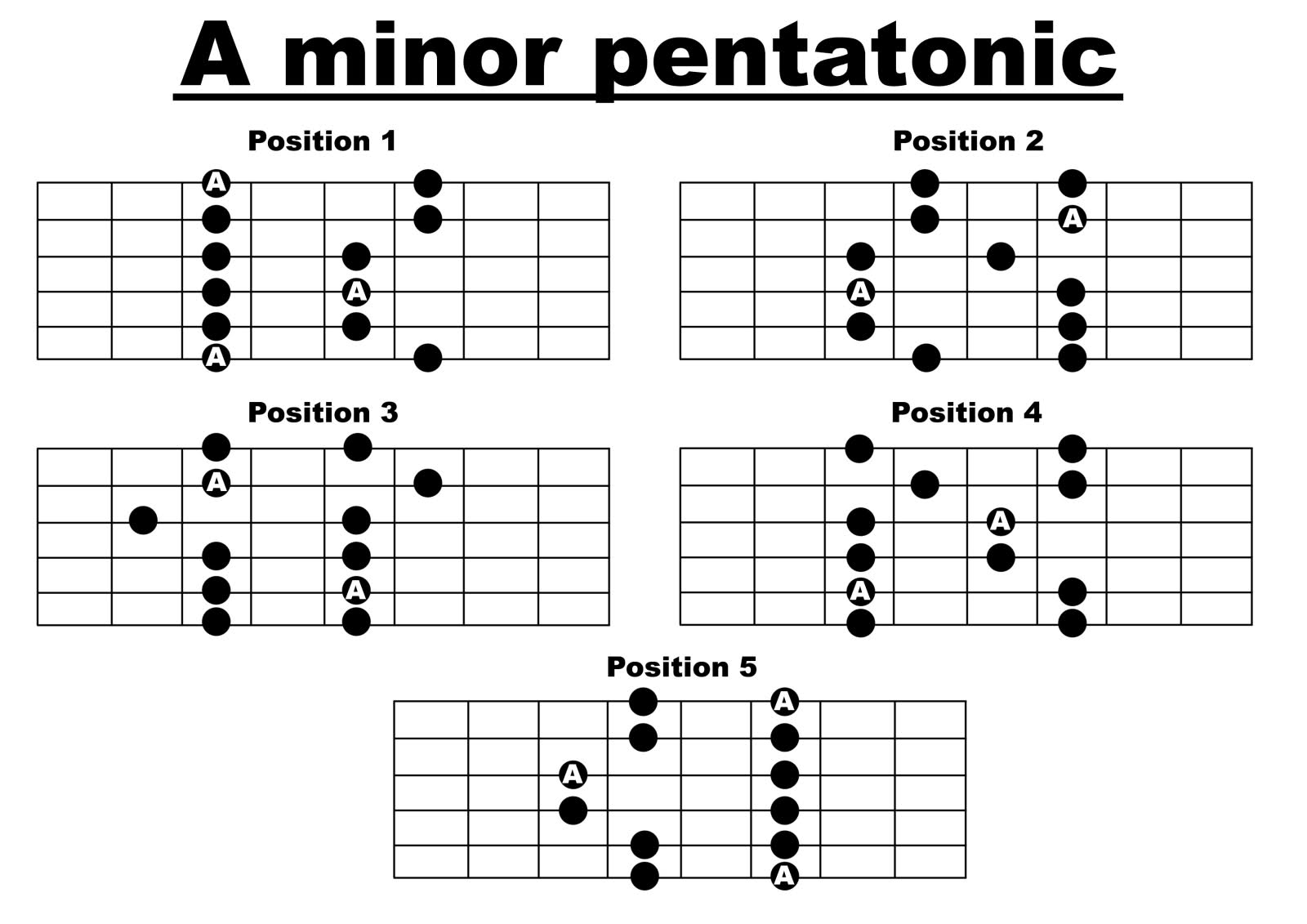

Ionian, Lydian, and Mixolydian all have (1, 2, 3, 5, 6) in common. The pentatonics represent the common tones in all these modes. The fourth and the seventh are the only tones that distinguish the different major and minor modes (not including locrian). That might account for the appeal of the 'all black notes' type of scale. I think there may be some truth in the idea that semitone intervals are harder to sing than larger ones. These tunings certainly include small intervals - sometimes as many as three.

Javanese Gamelan orchestras, for example, generally use five-note (Slendro) scales or five-note subsets of the seven-note (Pelog) scale. The five-note scales Kodály found in Hungarian folk music were anhemitonic (without semitones), but pentatonic scales exist in countless cultures and they often DO include either semitones or intervals roughly similar to equal temperament semitones. and employed long before that by the Chinese." People have sung on pentatonic scales since they lost interest in tetratonic ones! "The five-note system was already considered archaic by the Greeks in 350 B.C. What we call THE pentatonic scale really wasn't created by removing the 4th and 7th notes from a major scale! It pre-dates the major scale.


 0 kommentar(er)
0 kommentar(er)
